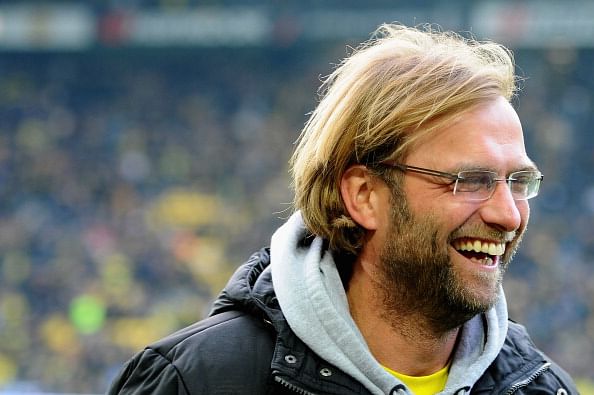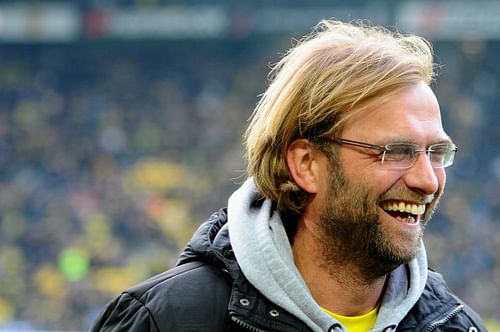
Jurgen Klopp faces huge tactical calls in another ‘rebuilding’ season at Borussia Dortmund

Jurgen Klopp will have an acid test of revamping Dortmund’s attacking formation next season.
Westfalenstadion. The mere mention of the name or recollection of the jam-packed and unworldly crowd in Dortmund is enough to get one to his wits end; now no one would want to be in Jose Mourinho’s boots at 4-1 down in Germany.
The historical stadium has been in the limelight in the recent years that have been illuminated by Jurgen Klopp’s success in the city. Though these fans are always seen at their nosiest and creative best at any given point in the season, it seems a monumental task for you to stay composed if you are a Borussia Dortmund follower these days.
Despite the fact that Bayern Munich is the oldest football club and right now the hottest property after the arrival of a certain Spaniard in their camps, this past decade is definitely going to go down as the rise of Borussia from the ashes of near shut-down.
At the time when the world outside Germany started noticing Dortmund, Klopp had the likes of Nuri Sahin, Shinji Kagawa, Mario Goetze, Robert Lewandowski, Kuba and a younger Lucas Barrios in his ranks.
Despite the fact that the team won back to back Bundesliga titles and demolished top clubs enroute to the CL finals, the fact that money and power continues to rule was proven aptly as the big boys like Real Madrid, Manchester United and Bayern Munich were able to snatch away major talents. The most recent departure of the prodigal Mario Goetze to now fierce rivals Bayern has definitely put Klopp’s project off the mark.
Kagawa’s departure had seen Dortmund lose the medium to connect the midfield with the strikers, and though on paper Goetze slipped into a similar role, Klopp’s transfer of Marco Reus from Monchengladbach turned to be the key in this regard.
As was clearly evident from the Madrid game, Goetze and Reus had become quite comfortable in exchanging roles of pushing towards the wings from the centre and vice versa. This along with Lewandowski’s involvement with the midfield by falling much deeper than a normal number No.9 does was highly crucial in all their victories.
Other key clogs were the presence of the tireless winger Blaszczykowski or Kuba on the right and Ikay Gundogan in the centre. Though the latter did not burst into the European scene until late last season, the German international’s stability in the centre alongside either Bender or Kehl has given Klopp’s attack a stable base.
No wonder Gundogan, a Manchester United target now, is considered as Schweinie’s successor in the national team.
This setup was seen as 4-2-3-1 last season with the right flank having all the wing-play and the left containing attacking midfielders on a rotational basis. But now Goetze’s departure has mitigated the potency from their armour, and with Lewandowski entering his last year of contract, the plan needs a thorough revamp.
Bayern’s president released a statement saying that Lewa would join them next summer for free, and this has created a situation of urgency amongst the likes of Manchester United and Manchester City who were vying for the Pole’s signature.